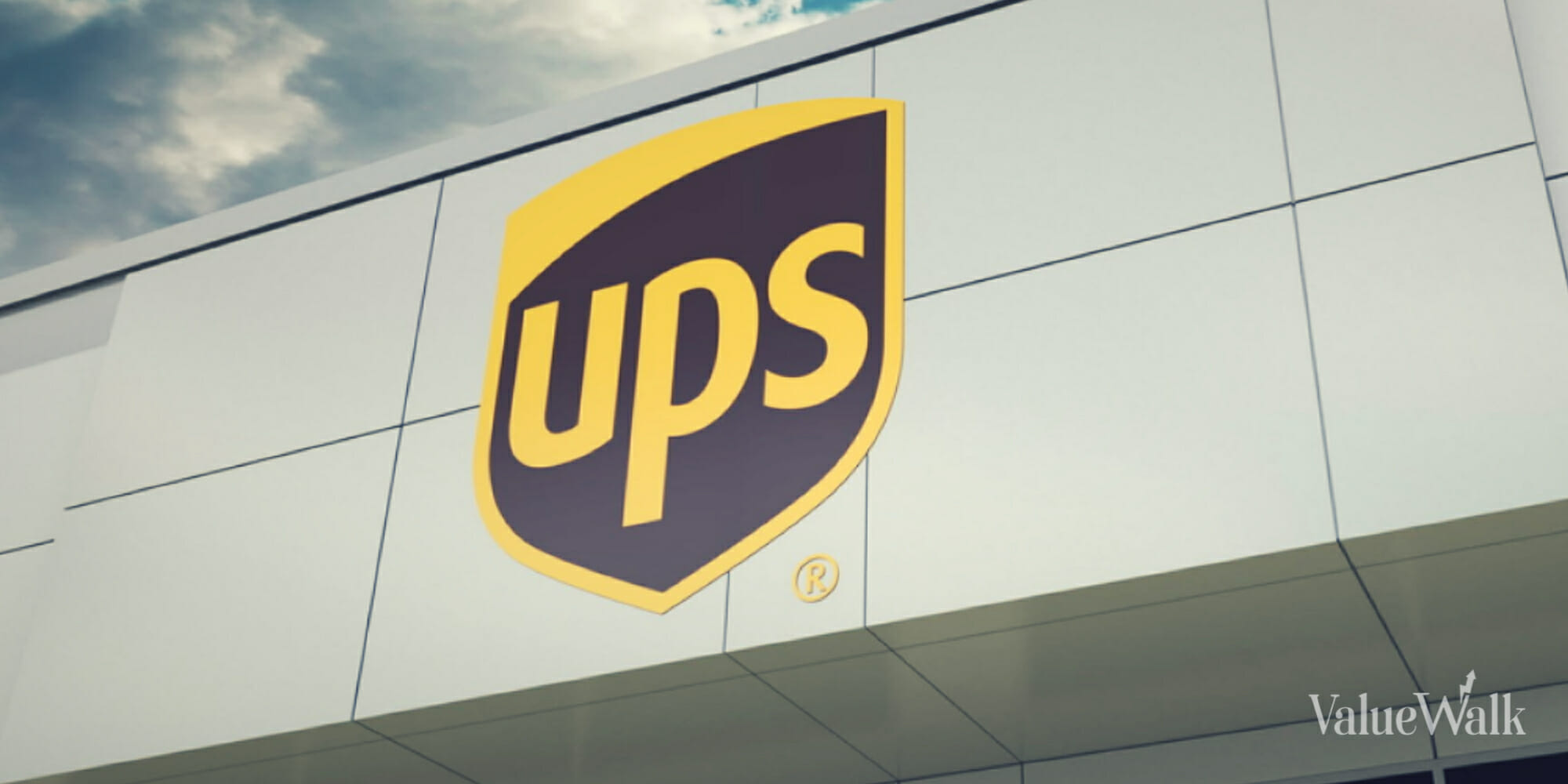It was not good news from United Parcel Service (NYSE:UPS) on Tuesday afternoon when it reported its fourth-quarter earnings results.
The shipping company posted lower-than-expected earnings, announced layoffs, and offered underwhelming guidance for 2024. The combination of factors sparked a sell-off, with the share price falling about 10% from $158 per share at the close of the market Tuesday to roughly $142 by Wednesday afternoon.
Let’s take a look to see if the sudden drop in value created a buying opportunity for investors.
A lot to unpack
There is a lot to unpack with UPS’s fourth-quarter earnings report (pardon the metaphor). In a nutshell, the results weren’t great and fell short of estimates.
The company’s total revenue fell 7.8% year over year in the quarter to $24.9 billion, with the U.S. segment down 7.3%, international off 6.9%, and supply chain solutions dropping 11.4%. The revenue results track pretty closely with the declines in average daily volume (ADV), which dropped 7.4% in the U.S. and 8.3% internationally. However, on the plus side, the average revenue per piece increased slightly to $13.11 from $13.04 a year ago.
UPS’s net income came in at $1.6 billion in the quarter, or $1.87 per share, down from $3.4 billion in the fourth quarter of 2022. On an adjusted basis excluding a sizable pension-related charge, UPS had $2.2 billion in net income, down from $3.1 billion in adjusted net income a year ago.
On the earnings call Tuesday afternoon, UPS CEO Carol Tomé said several factors contributed to the company’s underperformance, including the challenging macro economic environment, disruption caused by labor negotiations, and higher costs associated with the five-year labor deal the company reached with the Teamsters union over the summer.
To cut costs and “right-size” the organization in 2024, Tomé announced a couple of initiatives, including a plan to lay off workers.
Layoffs announced
Tomé said on the earnings call that the company will reduce its workforce by 12,000 positions to align its resources with its strategy and reduce costs by about $1 billion this year. About 75% of the staff cuts are coming in the first half of the year. Tomé added on the call that the reduction is targeted mostly toward full-time and part-time management and contractors rather than drivers.
The CEO also said UPS is exploring “strategic alternatives” for its Coyote truckload brokerage business, which she called “highly cyclical with considerable earnings volatility.”
In addition, the company shared its outlook for 2024, in an environment where the small package market is expected to grow by less than 1%. UPS targeted revenue within a range of $92 billion to $94.5 billion, up from about $91 billion in 2023 but lower than what analysts had expected for 2024. Additionally, the adjusted operating margin is projected to be between 10% and 10.6%, down from 10.9% in 2023.
Tomé added further context on the earnings call, saying: “Given the nuances of our new labor contract, there will be stark contrast between our first-half and our second-half performance. First-half earnings will be compressed, and second-half earnings will expand.”
With better financials expected for UPS in the back half of the year in conjunction with a potentially improving market environment then, there could be a buying opportunity here, as the stock has a forward price-to-earnings (P/E) ratio of around 14. However, there could certainly be more volatility in the near term.
UPS is hosting an investor day on March 26, when it will lay out its three-year plan. That should shed some more light on its longer-term prospects, so it might be a good idea to sit on the sidelines, at least until then.












